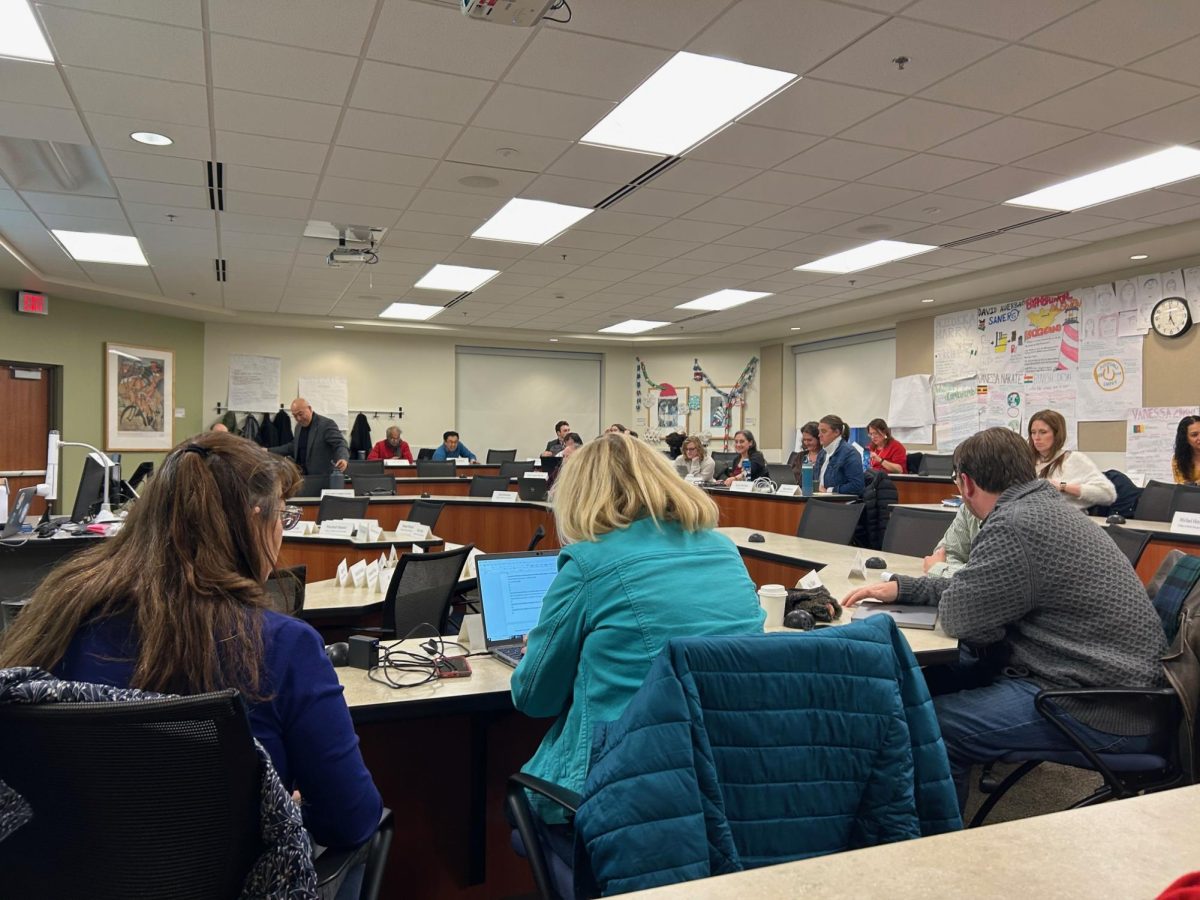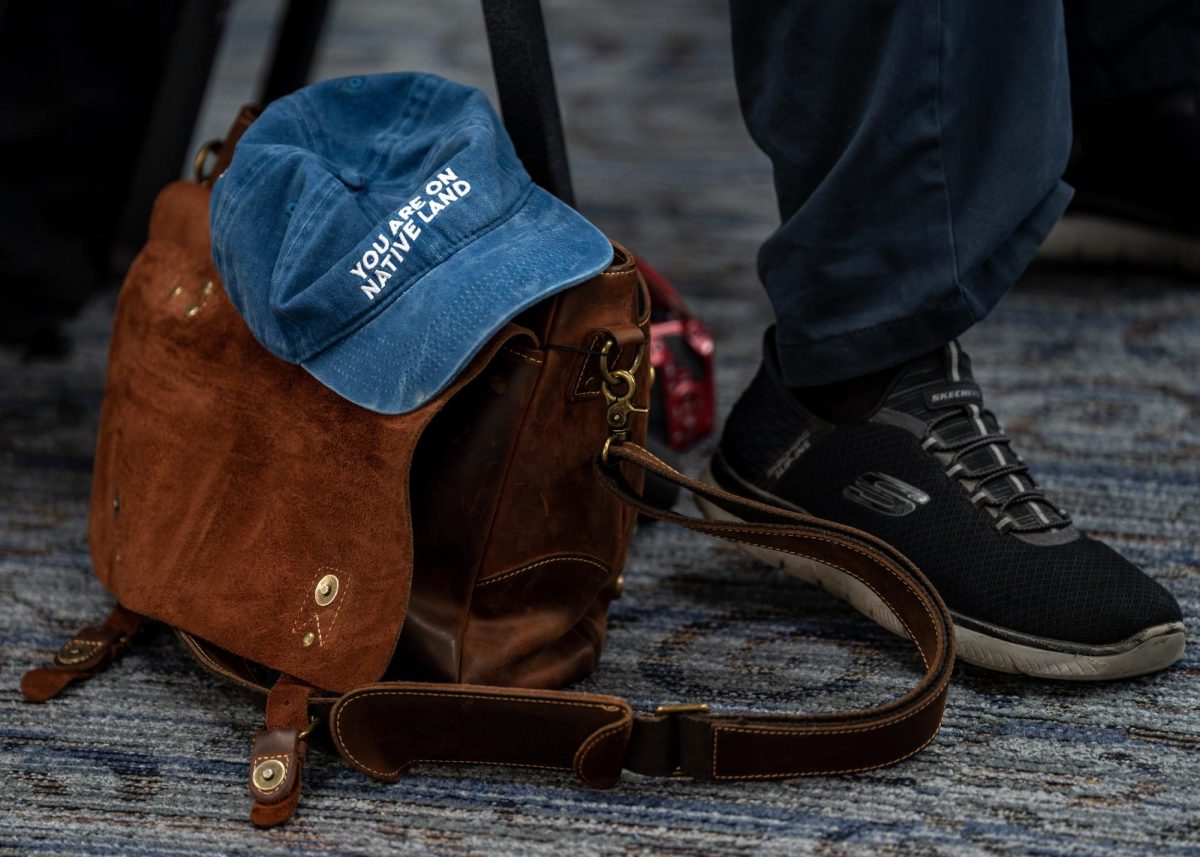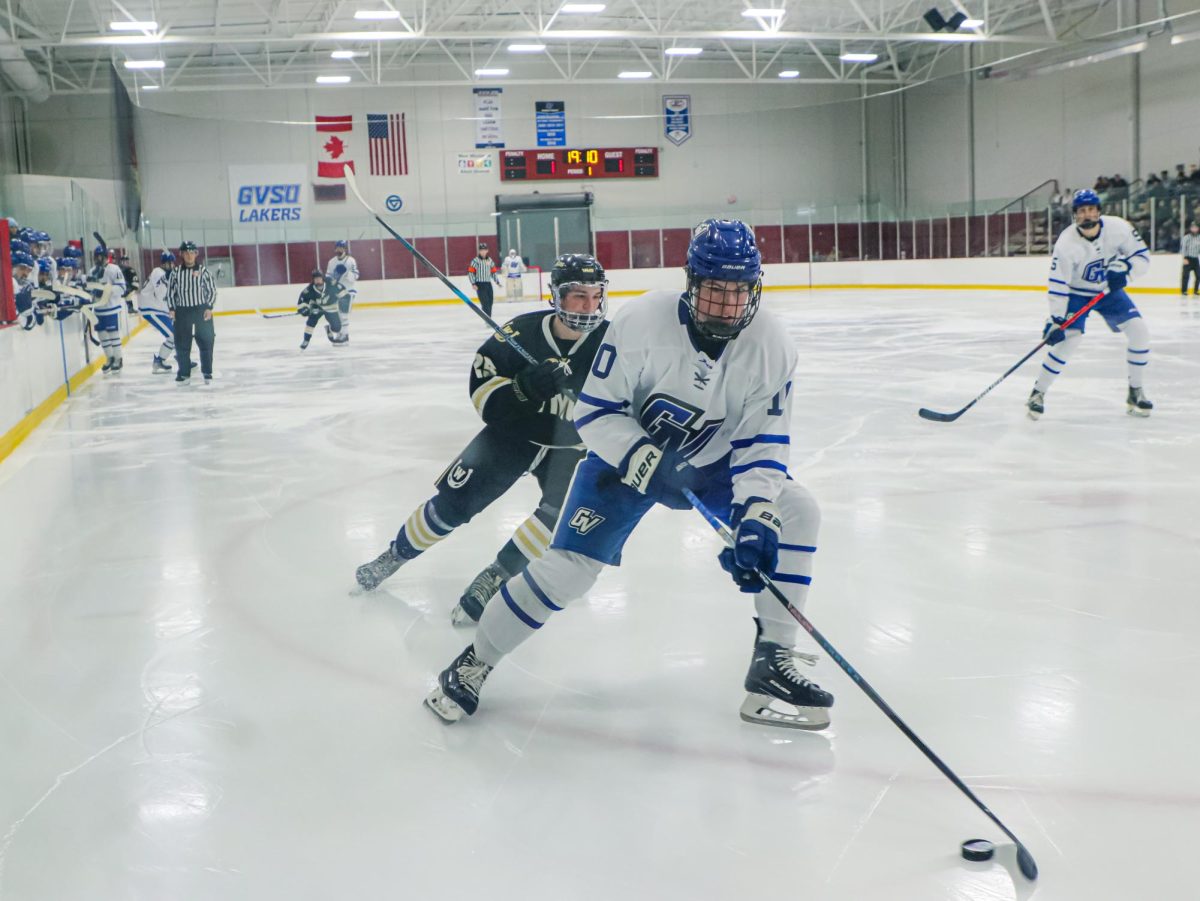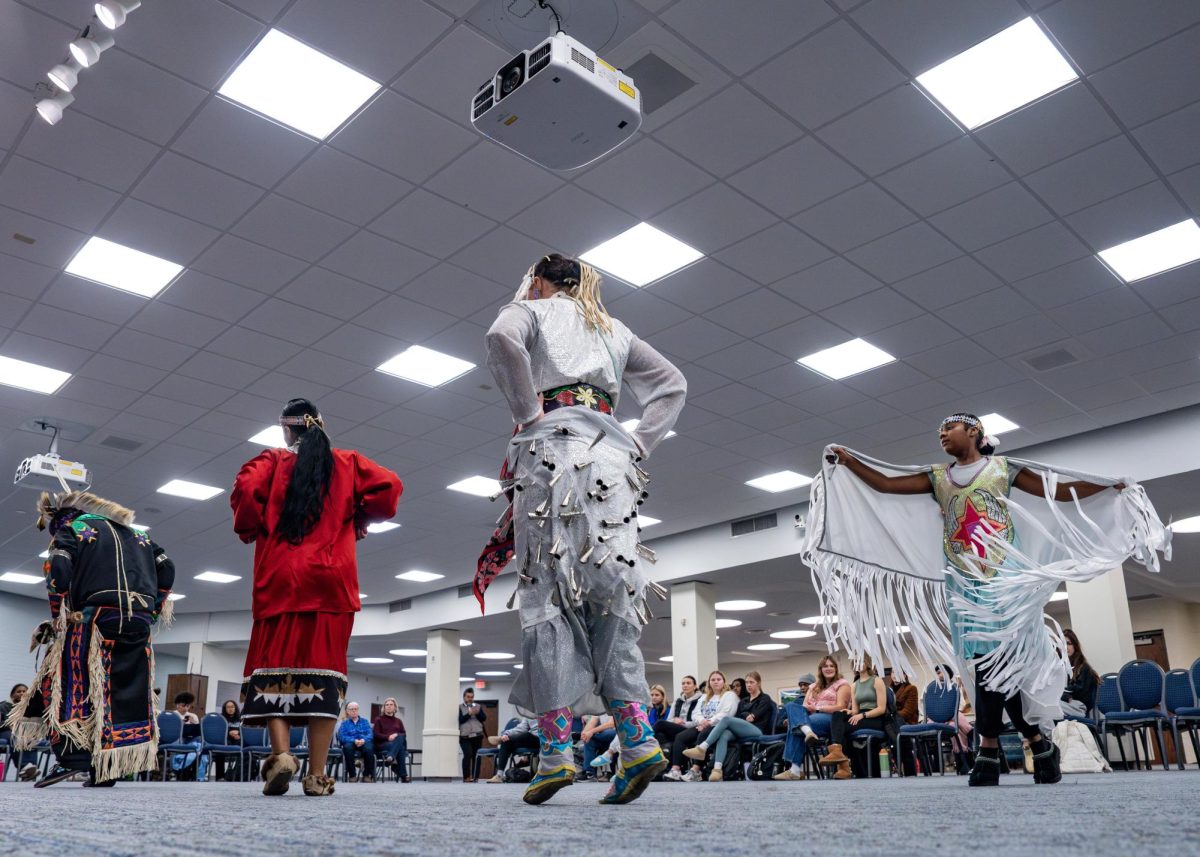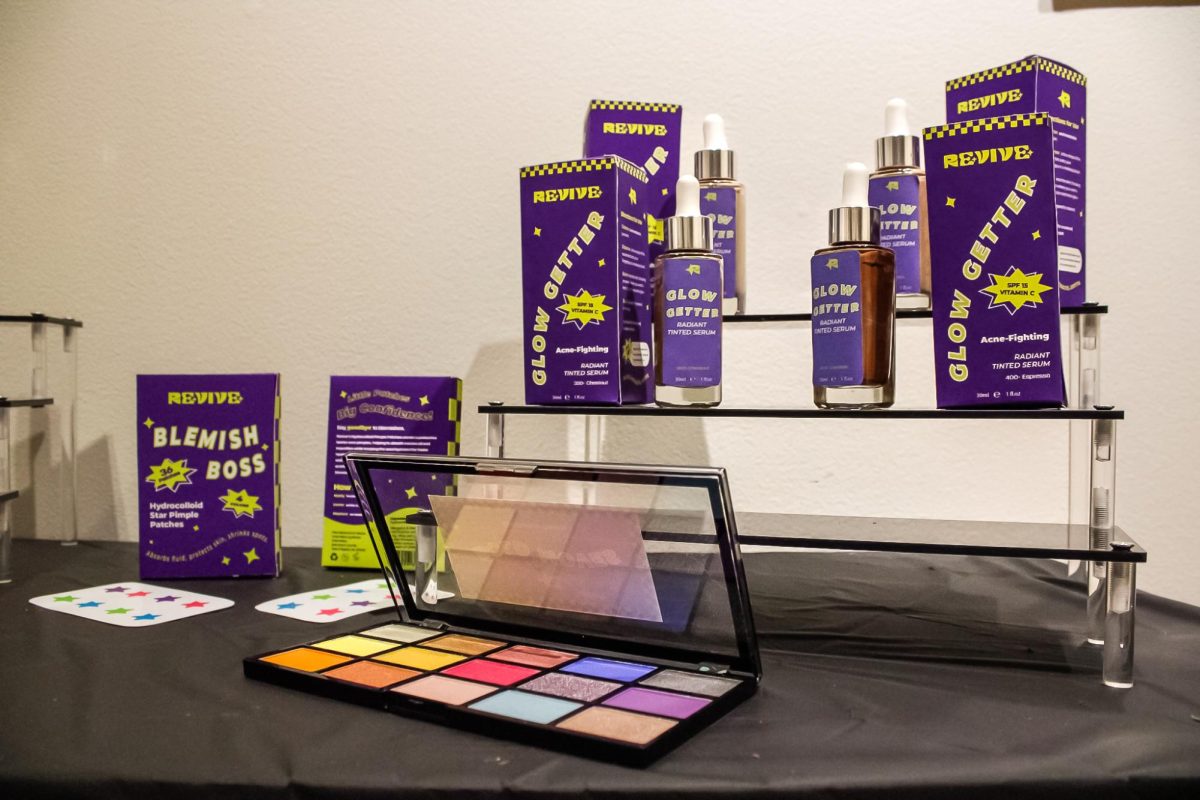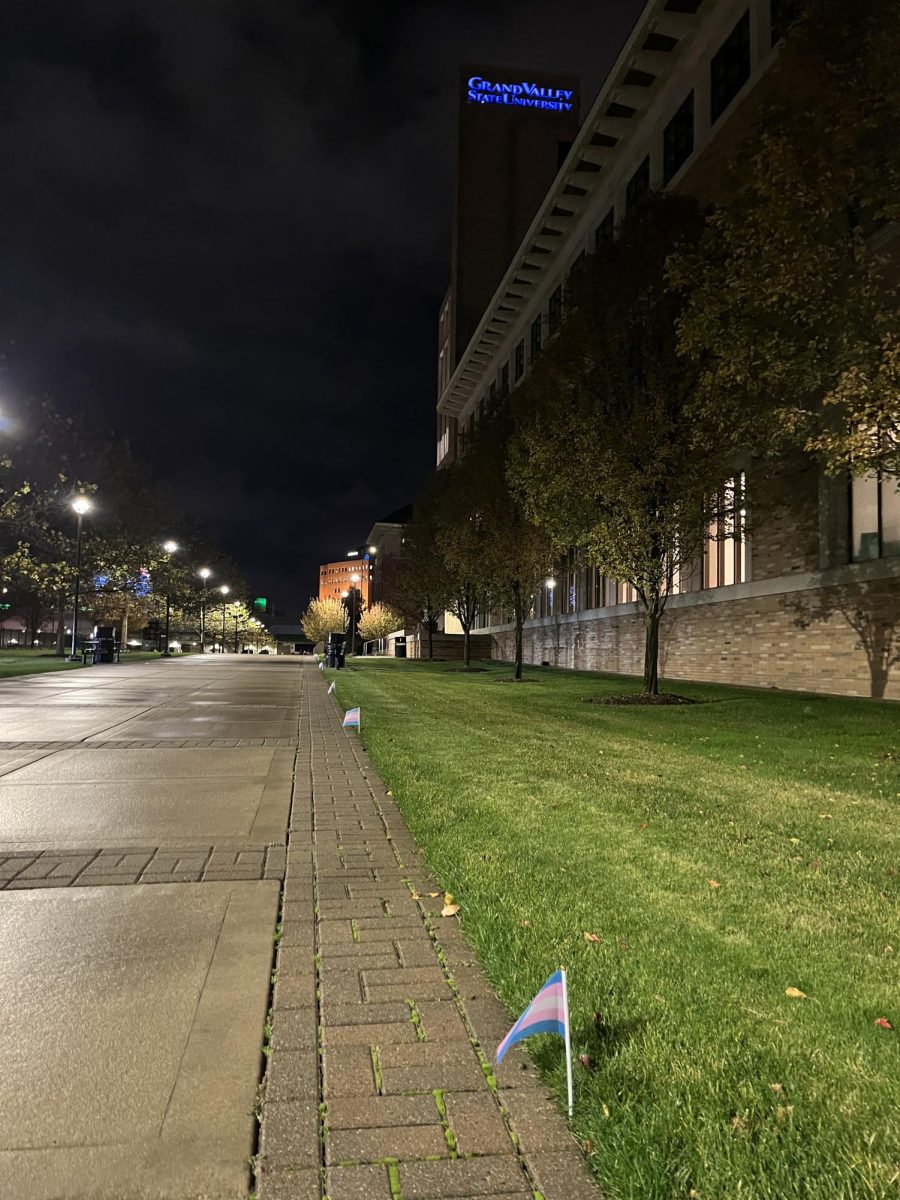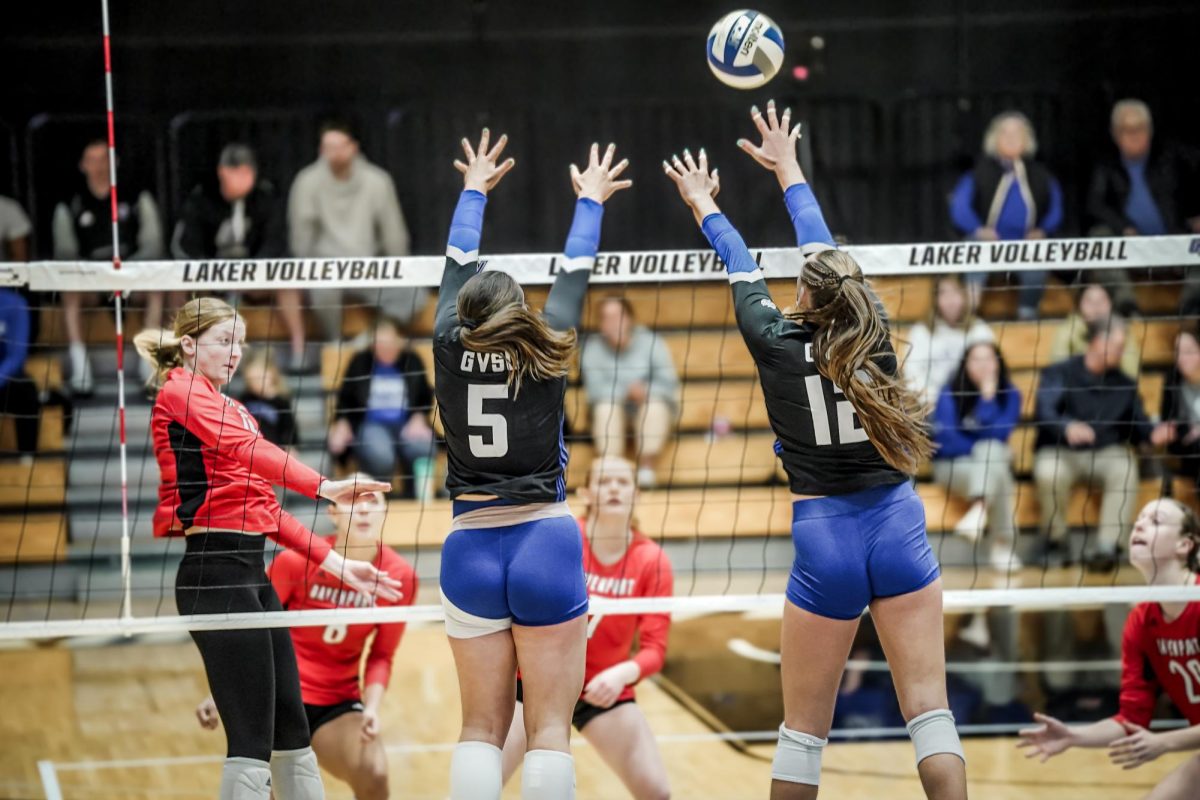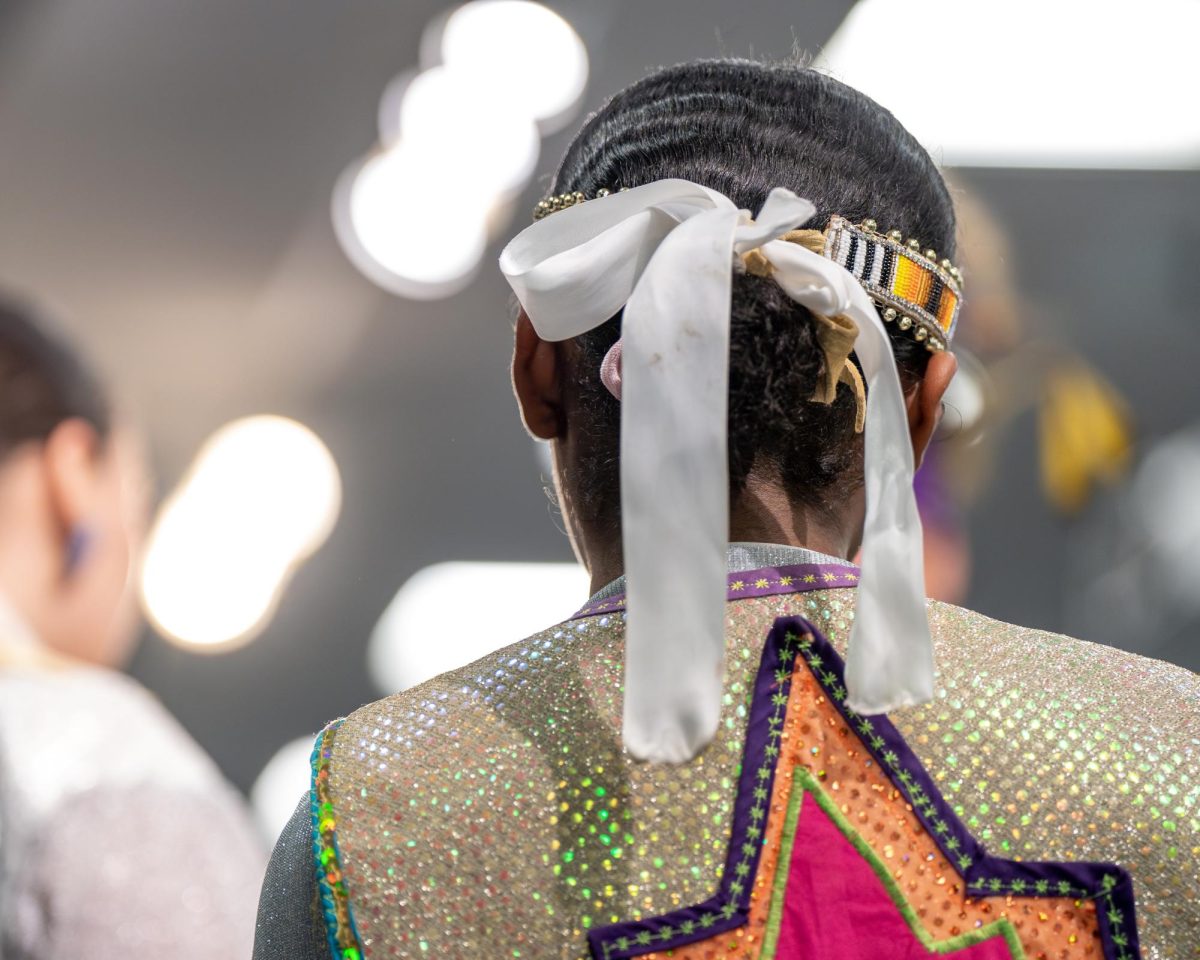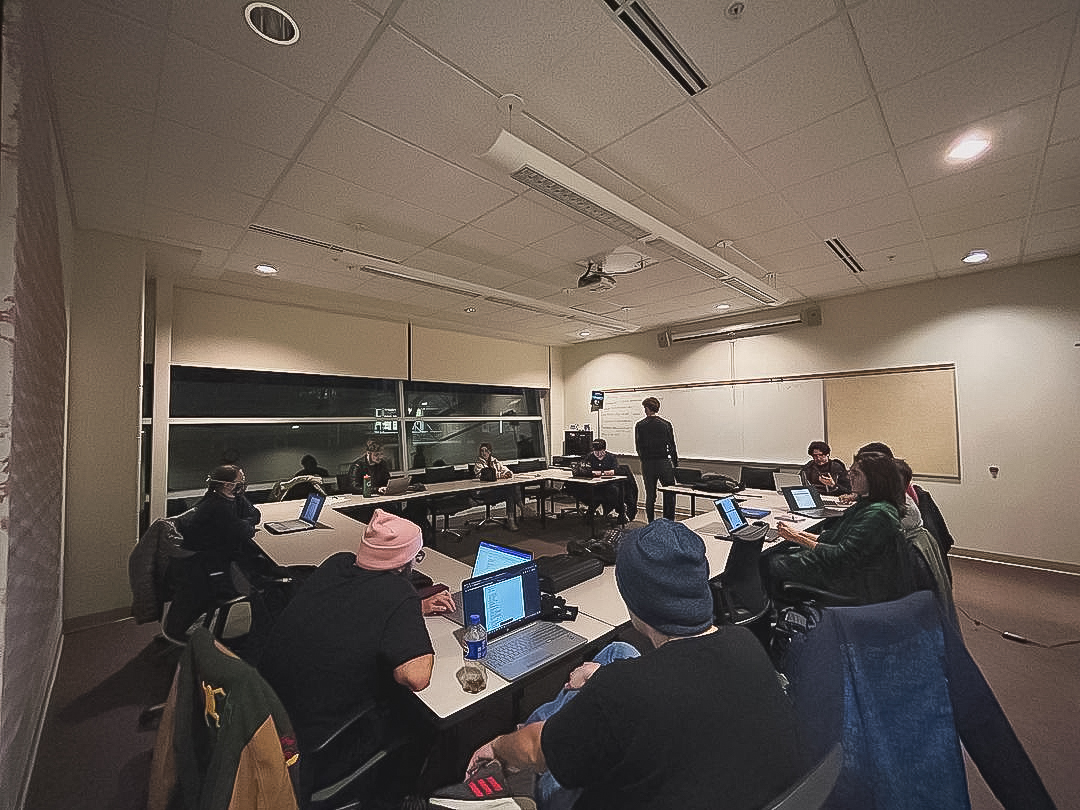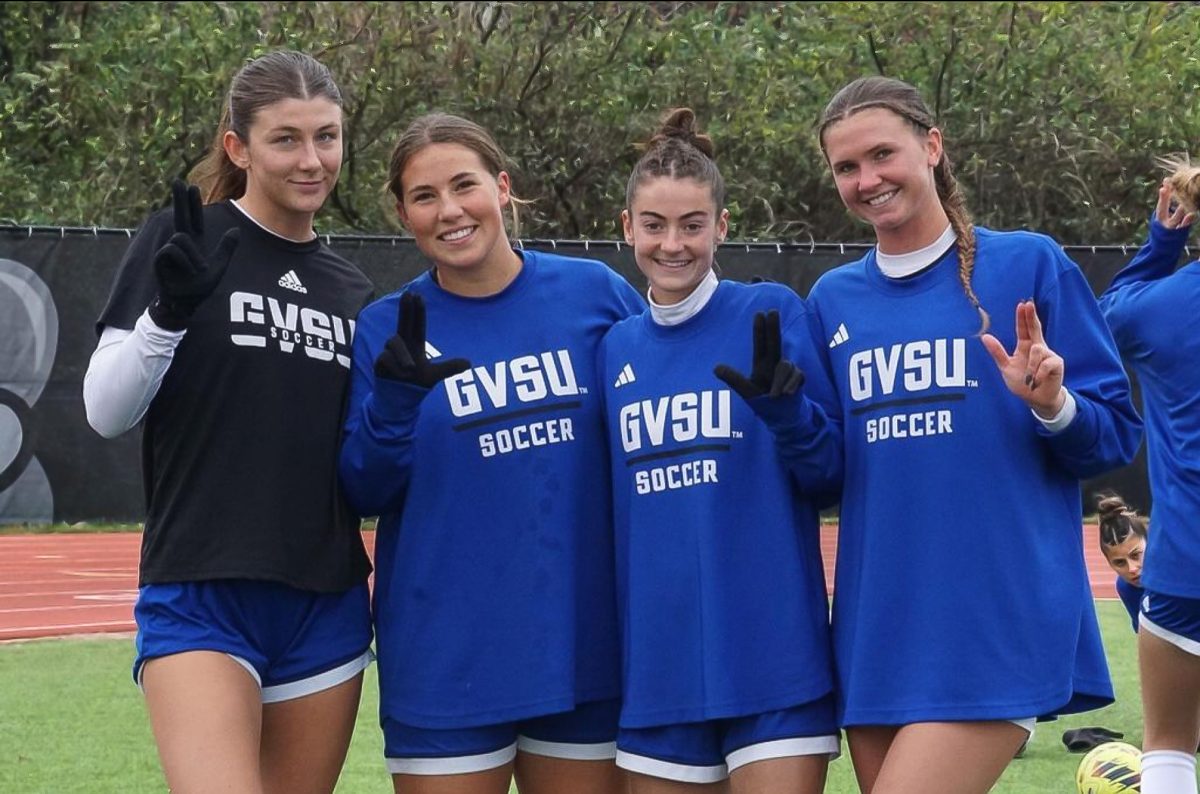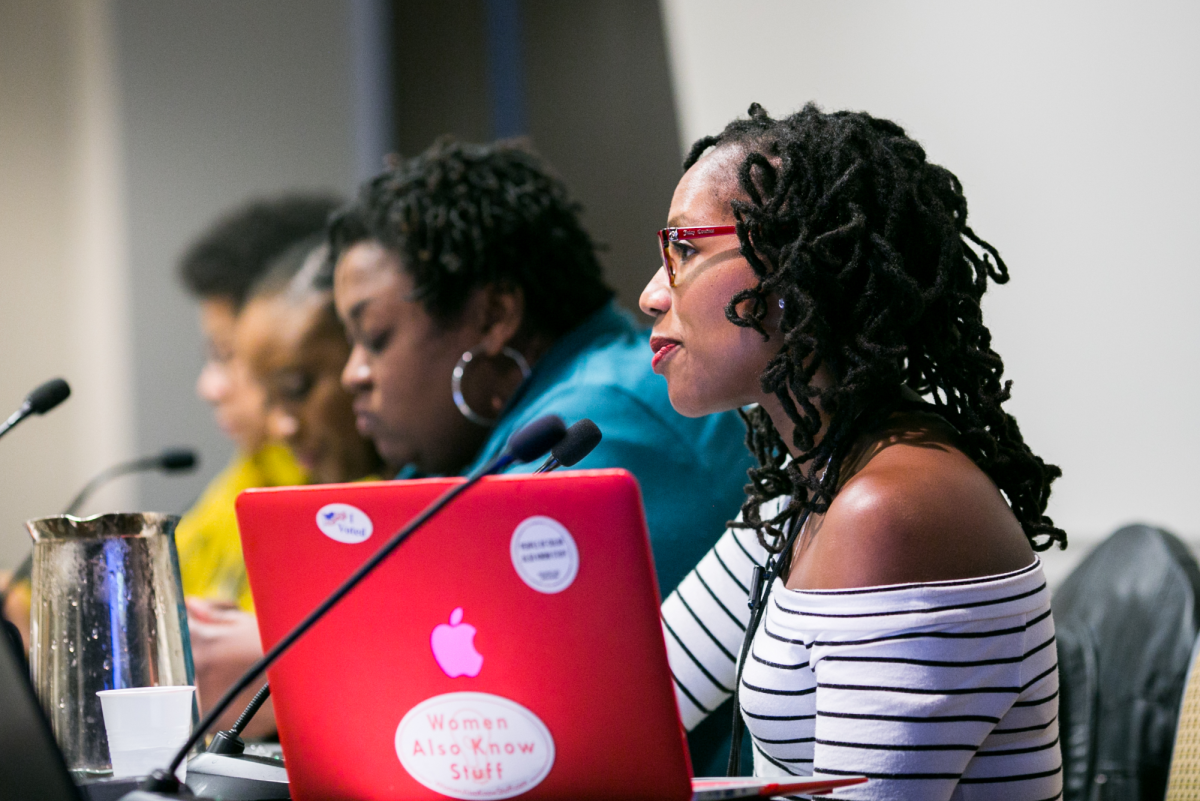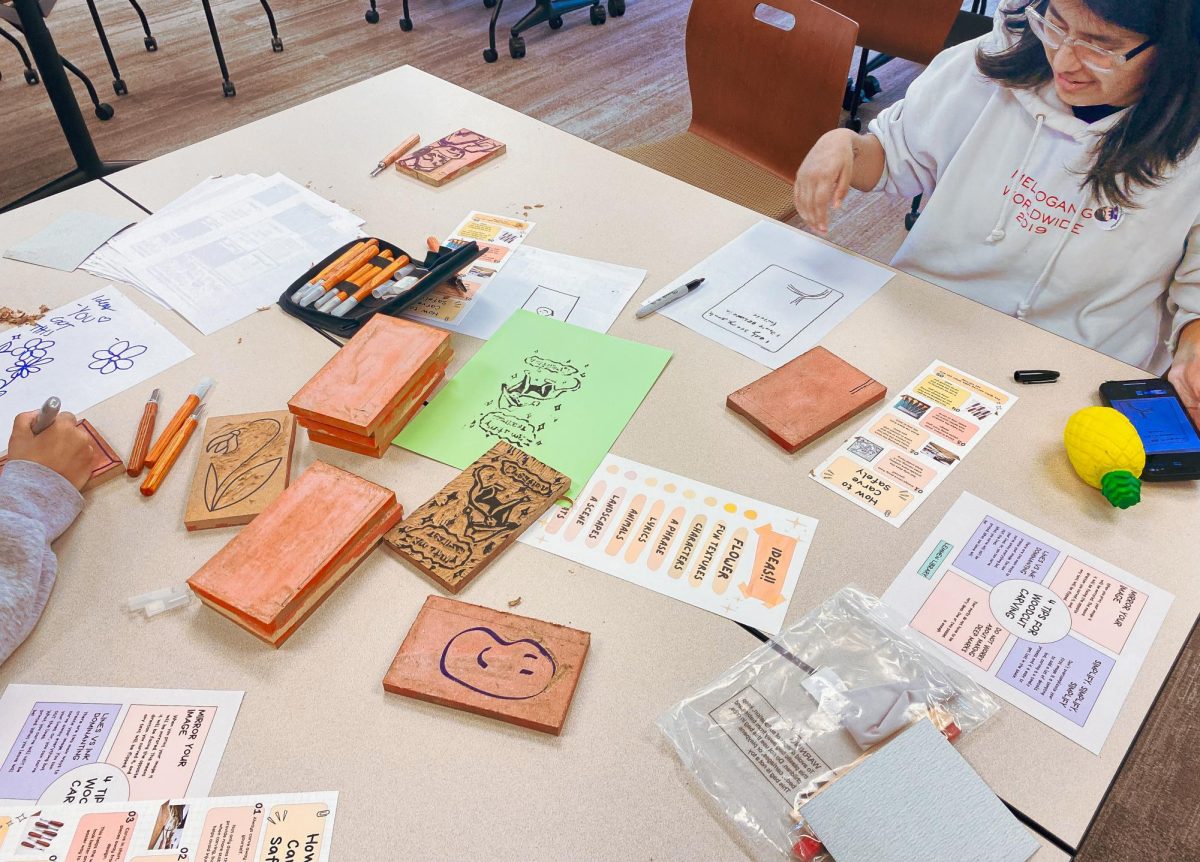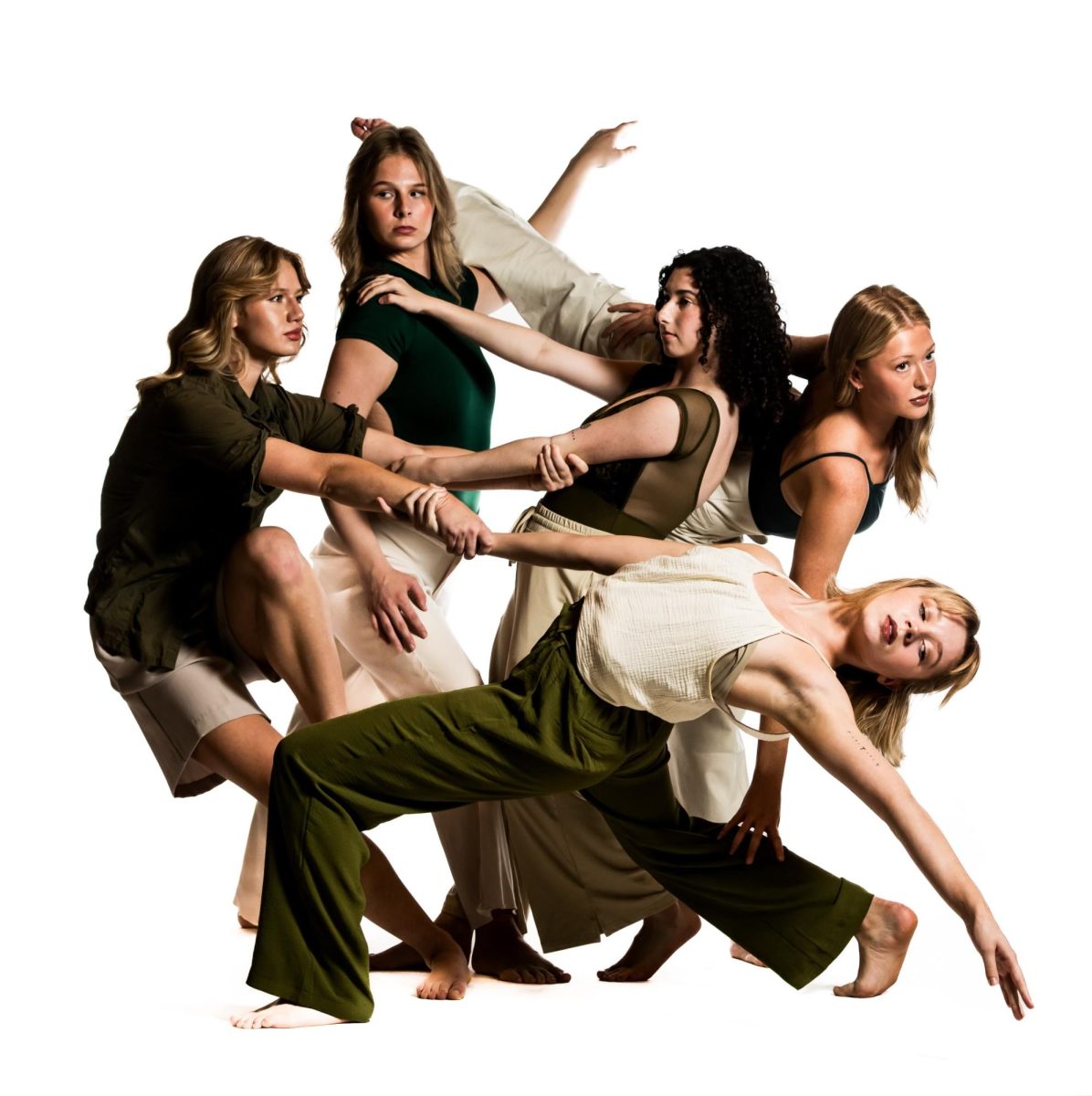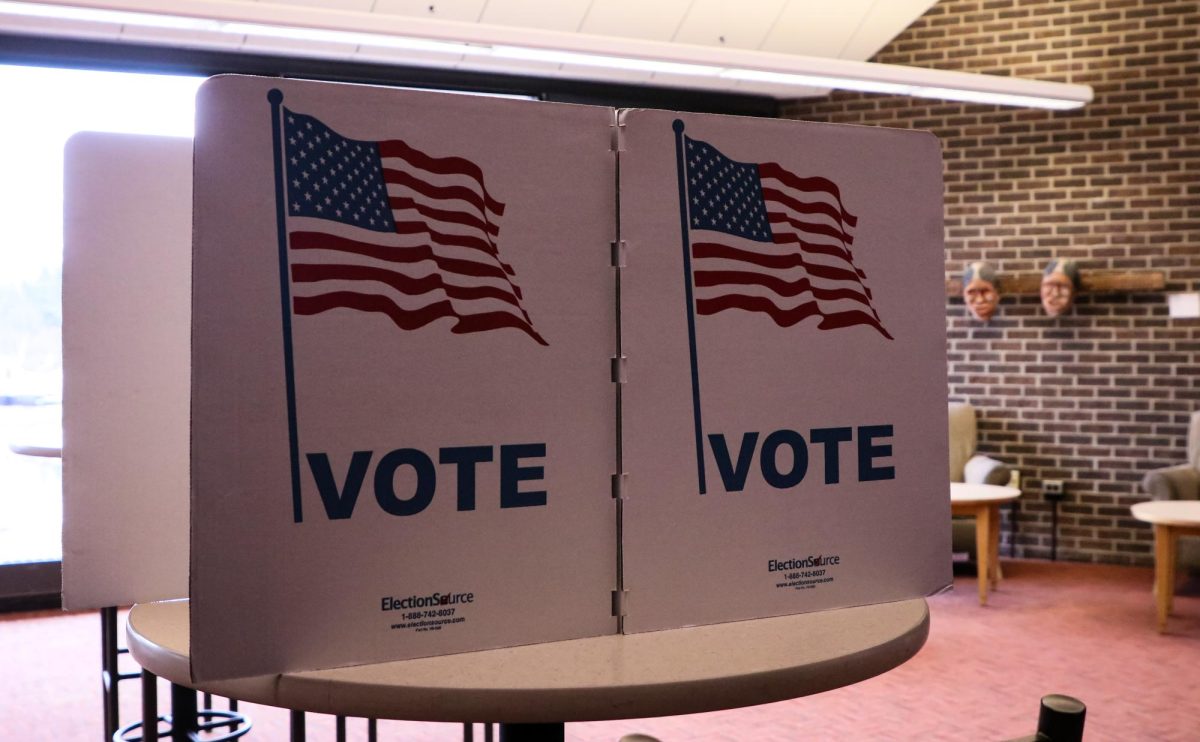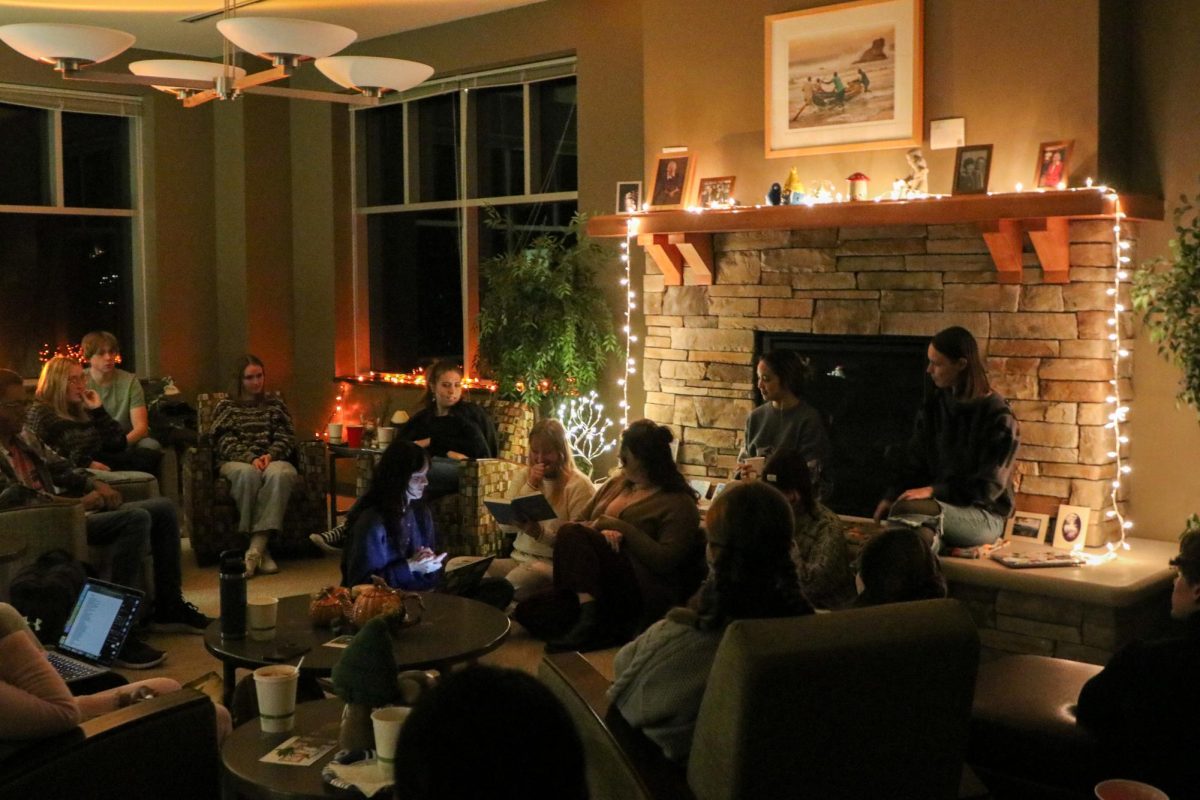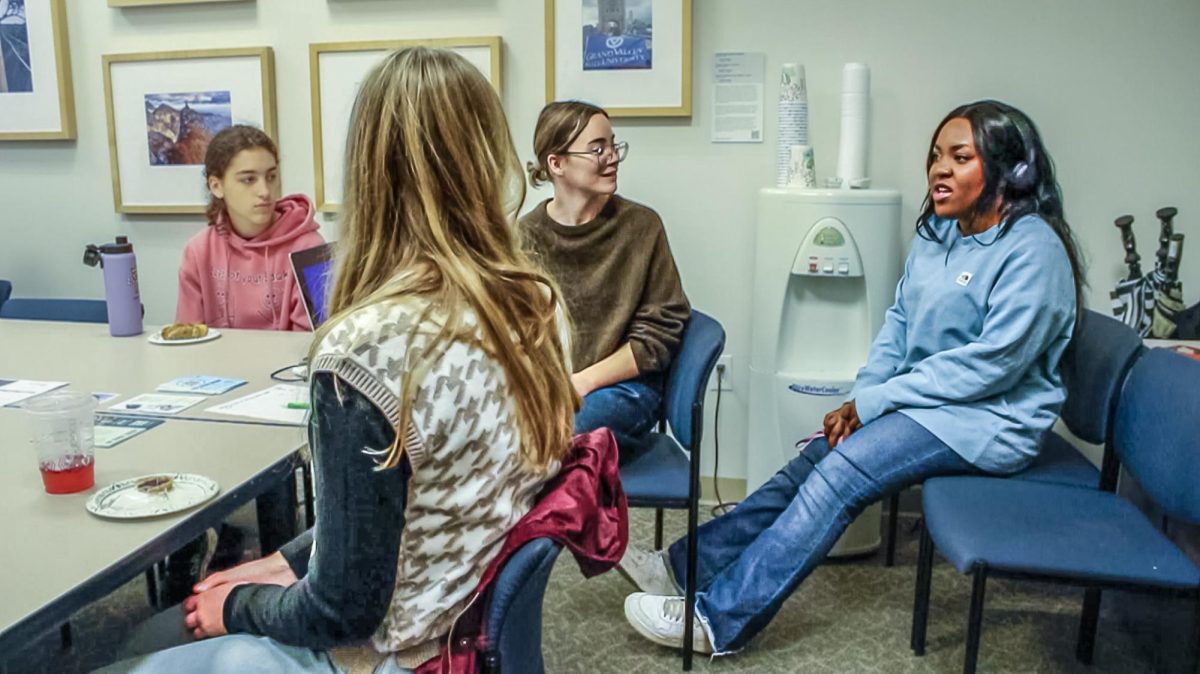Track National Title
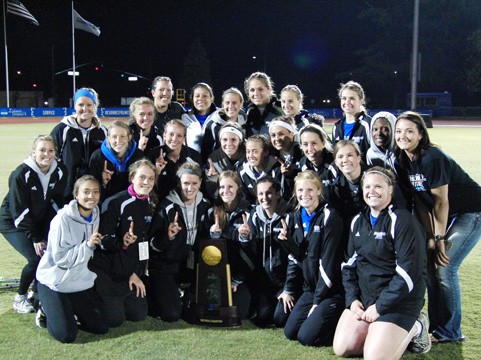
Courtesy Steve Jones
Jul 13, 2011
For many track teams across the college landscape, a single national championship would be reason for celebration.
However, for the Grand Valley State University’s women’s track team, the celebration was a year-long, three-part one as the Lakers collected national titles as a team in cross country, indoor track and field and outdoor track and field.
“It’s never happened in women’s track and field at any level in NCAA history, so that’s exciting, but it’s just that you feel good for what the athletes achieved,” said GVSU head coach Jerry Baltes. “I’ve been here for 12 years trying to win one (national championship), so winning three in one year is a great accomplishment.”
While all three teams have been very successful during Baltes time at the helm – shown by his teams winning 54 out of 66 cross country, indoor, and outdoor track and field GLIAC championships – this year proved special as all three women’s teams put together special runs of their own
“Winning the outdoor team title and being part of a program that has just made history by winning cross country, indoors and outdoors is something special that many individuals never get a chance to do,” said junior thrower Lauren Buresh. “I’m so blessed that I had the opportunity to be part of that history and part of such a great program.”
While only two Lakers captured individual titles throughout the three national championship meets, it was an entire team effort that led to the titles. The program was further rewarded for their year-long efforts after being named the United States Track & Field and Cross Country Coaches Association (USTFCCCA) Division II Program of the Year.
“Not only did we want to be the outdoor national champions, but we wanted to be the first women’s program to ever win all 3 national titles,” said junior thrower Liz Murphy. “We brought an overwhelming amount of people to nationals and everyone did their part to help out and win.”
Not only are the trio of championships important for the school’s athletic department as a whole, but also for Baltes and the recruiting process. An ace recruiter dating back to his time as an assistant coach at Butler University (Ind.), Baltes will look to use the team’s success to his advantage on the recruiting trail.
“You hope it has a positive impact on recruiting,” Baltes said. “I think it gets recruits excited, and people definitely are interested in being a part of a winning program. We’re still going to have to work hard to sell the program, but I hope that we can get some top end student athletes to see the positives.”
It’s that recruiting that helps to form the successful teams Baltes has coached in his 12 years as GVSU’s head coach. With the aforementioned lack of individual national championships, the overall success of the team’s as one unit is what have helped bring them to the top.
“Ive always said that there are two ways to have a great track team: depth and top-end talent,” Baltes said. “We’ve had both at different times, but never both at the same time and this year the depth definitely helped compliment top-end athletes like Liz Murphy and Monica Kinney.”
On top of the success the teams saw during their national title runs, five GVSU athletes competed in the USA Junior Track and Field Championships in Eugene, Ore. from 6/23-26.
Lisa Galasso (400-meter hurdles), Kalena Franklin (100-meter hurdles), Madie Rodts (1,500-meter run), Lance Hoffman (400-meter hurdles) and Deonte Hurst (400-meter hurdles) all competed but did not place. The experience – win or lose – was something that Baltes feels was beneficial to the athletes going forward.
“We look at it as a reward for those kids who have excelled at a high level,” Baltes said. “The learning and experience factor is important, and being able to compete against the best talent in the country and shake hands with Olympians, just instills a confidence in them to hopefully come back here hungry to compete.”




